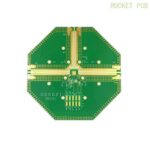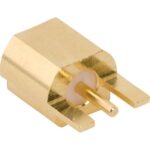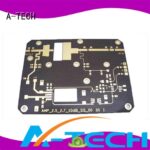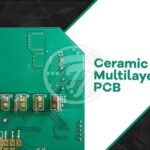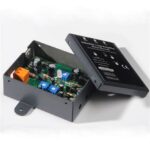
ALL ABOUT FLEX PCB
-
 Read more: How does the parameter temperature correction work?
Read more: How does the parameter temperature correction work?What is temperature correction? Temperature correction is a method used to compensate for the influence of temperature variations on the measurement of a parameter. It involves adjusting the measured value of a parameter to account for the deviation caused by temperature changes. By applying temperature correction, the true value of […]
-
How to Upload PCB Data
Posted by
–
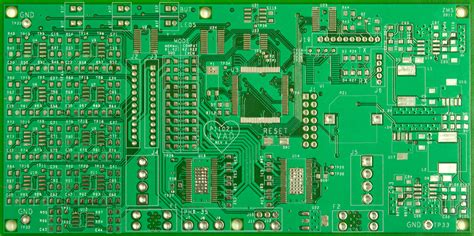 Read more: How to Upload PCB Data
Read more: How to Upload PCB DataIntroduction to PCB Data Upload Uploading PCB (printed circuit board) data is an essential step in the PCB design and manufacturing process. PCB data contains all the necessary information required to fabricate the physical circuit board, including the copper layers, drill holes, component footprints, and more. Properly preparing and uploading […]
-
What is track width (TW)?
Posted by
–
 Read more: What is track width (TW)?
Read more: What is track width (TW)?Importance of Track width The track width of a vehicle has a significant impact on its handling and stability. A wider track width generally provides better stability and handling, especially during cornering and high-speed maneuvers. This is because a wider track width reduces the vehicle’s tendency to roll and increases […]
-
Copper fills – mechanically speaking
Posted by
–
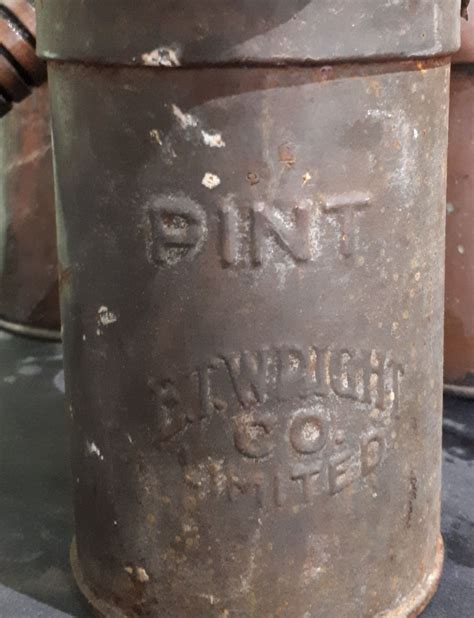 Read more: Copper fills – mechanically speaking
Read more: Copper fills – mechanically speakingIntroduction to Copper fills Copper fills, also known as copper vias or PTHs (plated through holes), are a crucial component in printed circuit boards (PCBs). They provide electrical connections between different layers of a multi-layer PCB, enabling the flow of signals and power throughout the board. From a mechanical perspective, […]
-
The Optimum PCB Design Flow – Right First Time
Posted by
–
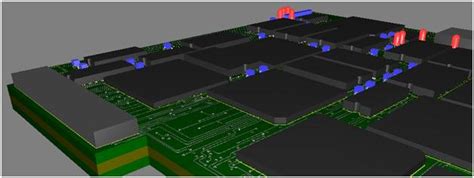 Read more: The Optimum PCB Design Flow – Right First Time
Read more: The Optimum PCB Design Flow – Right First TimeIntroduction Designing a printed circuit board (PCB) can be a complex and time-consuming process, with many steps and potential pitfalls along the way. Getting the PCB design right the first time is critical to avoid costly redesigns, manufacturing delays, and product failures. In this article, we’ll explore the optimum PCB […]
-
cEDM – Electronics Design & Manufacturing
Posted by
–
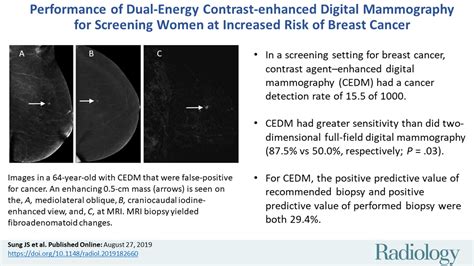 Read more: cEDM – Electronics Design & Manufacturing
Read more: cEDM – Electronics Design & ManufacturingIntroduction to cEDM cEDM, or Collaborative Electronic Design and Manufacturing, is a groundbreaking approach that combines the power of collaborative design with the efficiency of modern manufacturing techniques. This innovative methodology is transforming the way electronics are designed and produced, enabling companies to bring their products to market faster, more […]
-
Review – Standard and Predefined Build-ups
Posted by
–
 Read more: Review – Standard and Predefined Build-ups
Read more: Review – Standard and Predefined Build-upsWhat are Build-ups? Build-ups, in the context of construction and engineering, refer to the process of gradually increasing the complexity or size of a structure or system. This approach is commonly used in various fields, such as software development, manufacturing, and project management. The main purpose of build-ups is to […]
-
Cross Sections – What is their Purpose ?
Posted by
–
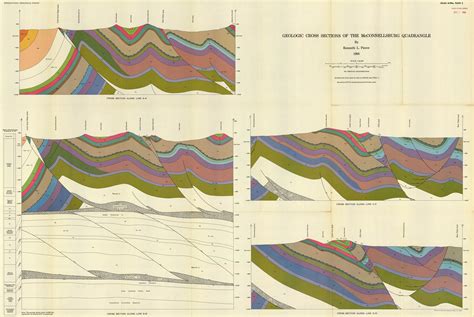 Read more: Cross Sections – What is their Purpose ?
Read more: Cross Sections – What is their Purpose ?What are Cross Sections? A cross section is a view of an object as if it had been sliced through to reveal its internal structure. Imagine cutting a loaf of bread in half and looking at the exposed surface – this is essentially a cross section. Cross sections can be […]
-
ENEPIG vs ENIG: Which Surface Finish is Better?
Posted by
–
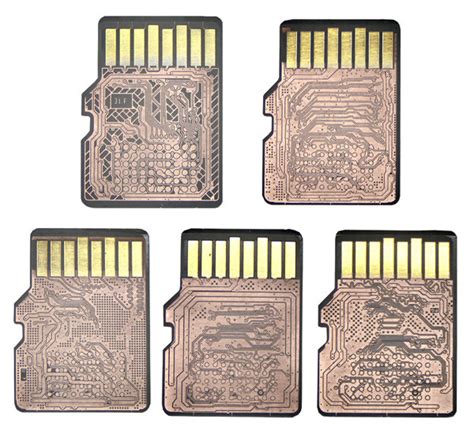 Read more: ENEPIG vs ENIG: Which Surface Finish is Better?
Read more: ENEPIG vs ENIG: Which Surface Finish is Better?What is ENEPIG? ENEPIG is a surface finish that consists of three layers: electroless nickel, electroless palladium, and immersion gold. The process involves depositing a layer of electroless nickel onto the copper pads of the PCB, followed by a thin layer of electroless palladium, and finally, a layer of immersion […]
-
Let’s talk about PCB Outlines
Posted by
–
 Read more: Let’s talk about PCB Outlines
Read more: Let’s talk about PCB OutlinesWhat are PCB Outlines? A printed circuit board (PCB) outline refers to the physical shape and dimensions of the PCB. It defines the outer boundary and any cutouts or notches within the board. The PCB outline is a critical aspect of PCB design as it determines how the board will […]
